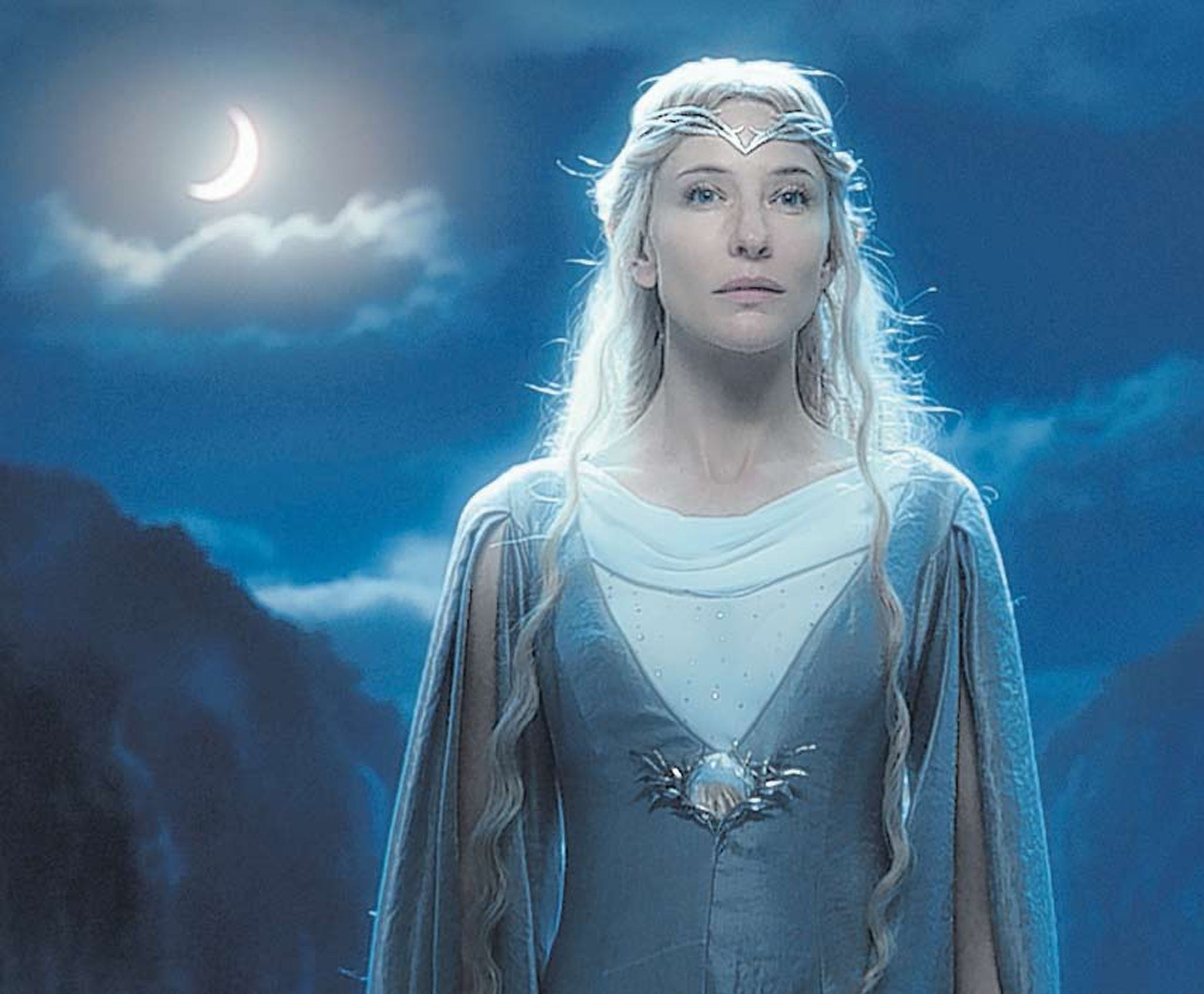Will Peter Jackson's speeded-up filming technique catch on in Hollywood in 2013?
Peter Jackson's film is dividing audiences with its high frame-rate. Memphis Barker wonders if we are ready for the future just yet

J RR Tolkien had about as much interest in speeding things up as you'd expect of an old English don. He wrote long books about ancient worlds, added longer back-stories to them, and privately longed for the march of technology to slow down a bit (“I wish,” he once remarked, “that the 'infernal' combustion engine had never been invented”). So it's ironic that the latest adaptation of The Hobbit should be pioneering the speediest frame-rate in cinema history. More fitting, perhaps, is the response – lots of turned up noses, and occasional vomiting from motion-sick punters.
The technicalities behind High Frame Rate (HFR) aren't complicated: in Peter Jackson's new film, Gandalf's not only 3D, he's being projected at 48 frames per second (FPS) – double what has been convention since the late 1920s.
Such speed is closer to what the eye sees naturally, and it brings a silken quality to motion on Middle-earth; swords now slice rather than waft through the air. Bryan Singer, director of The Usual Suspects (1995) and X-Men: First Class (2011), tweeted about his “serious frame rate envy” after a premiere. However, he's one of few top directors to publicise their admiration, and for ordinary movie-goers awe at a visual advance can turn pretty sharply to a kind of strain – or at least it did from my seat at a close-to empty showing last week.
The Hobbit is, as many have already pointed out, arresting to watch in as many bad ways as good. Gone is the dreamy, grained quality that cineastes pant over, replaced with a kind of hyper-reality; you can spend whole scenes fixated by the white frizz in a dwarf's hairdo, or Gandalf's tinted contact lenses. Most unsettling of all, when the heroes first club together at a round table in Bilbo's house, the actors look self-conscious and over-lit, so what's supposed to be an atmosphere of brooding conviviality ends up with about looking like a snapshot from the green room on Jonathan Ross's show – with more make-up and botched nose jobs. This does the film's story-telling story no favours.
In defence of his upgrade, Jackson can rightly call on the force of progress as an ally, saying things like: “Why should we celebrate artefacts that were foisted on us in 1927?” He's probably right too that young people will on the whole be thrilled (though I still have a valid 16-25 railcard, and wasn't). And he may take comfort in this storm of criticism from the support of Avatar director James Cameron, who told an interviewer last year that the question of whether frame rates will increase in the Hobbit's wake is really no question at all.
“We gotta get off 24”, said Cameron – the only choice being between stopping at 48FPS or jumping straight ahead to 60FPS (already in use at Disneyland's Star Tours Attraction, HFR's birthplace). Avatar 2's scheduled 2015 release will showcase a faster rate.
Betting against the likes of Jackson and Cameron, men whose combined lifetime takings stand at £6bn worldwide, doesn't take you very far in Hollywood. But this experiment in speeding things up is no foregone conclusion. In fact, as doyens of film criticism raise a collectively sceptical eyebrow it feels like the argument over HFR is turning into a proxy battle for larger forces – the champions of technological change on one hand versus the slower purists on the other. It's digital vs film. MP3s vs records. Hares against tortoises. And this time it might not be the fastest medium that triumphs. Ultimately, of course, any shift to HFR won't be fought out between critics and studios, but by how audiences react and how much cash studios can take from them. So it's intriguing that accountants lack Jackson's bullish spirit. After poor reviews of the technology at this year's CinemaCon, Odeon switched projectors at a mere 100 of its European cinemas to prepare for The Hobbit, and Warner Bros showed similar caution in America, gearing up just 10 per cent of theatres. Despite all the fuss, only 461 of the 4,045 venues showing The Hobbit can do so as Jackson intended, in 3D at 48FPS: wholesale change will require a lot more satisfied moviegoers (and rich ones, too: my ticket for HFR 3D came in at £22.50).
Perhaps a victory for the tortoises here won't be with the failure of the HFR experiment, but a state of coexistence. As more aficionados return to high-fidelity, older forms of technology, there's growing acceptance that what looks retrograde or technophobic on the face of things might have more to it than just fear of change. A taste for movies at 24FPS won't go up in smoke; and while the newer, speedier format is a clear match for some genres (thrillers and teen movies), from what we've seen of it so far it may be less suited to others (atmospheric dramas like Rust and Bone, or Amour, say).
In the long-term, the odds are with the hares. But the debate reminds me of a scene from The Hobbit where Gandalf is asked why he left Thorin's band. I was “looking ahead”, the wizard answers. So why did he come back? “I was looking behind”. For the moment, The Hobbit hasn't done enough to stop us all from looking over our shoulder.
Join our commenting forum
Join thought-provoking conversations, follow other Independent readers and see their replies
Comments